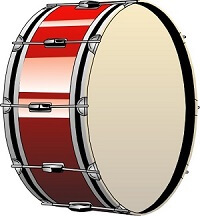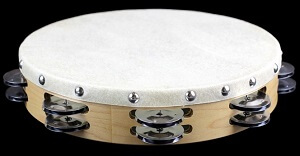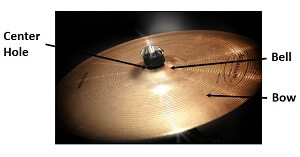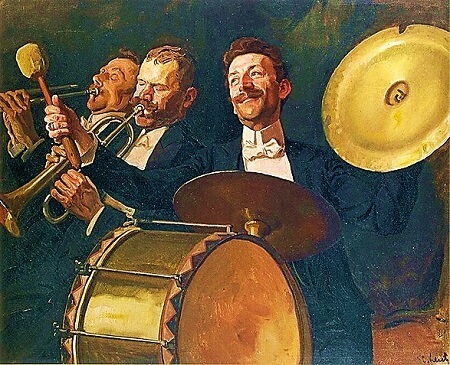 Plucky Strings and Peppy Percussion
Strings and Percussion
Plucky Strings and Peppy Percussion
Strings and Percussion

 Plucky Strings and Peppy Percussion
Strings and Percussion
Plucky Strings and Peppy Percussion
Strings and Percussion

Study the musical selection for one week.
Over the week:
Music lessons over the next two years group musical instruments into five major categories: strings, keyboards, percussion, brass, and woodwinds.
Percussion instruments include instruments played by striking with the hand or with a handheld or pedal-operated stick or beater, or by shaking, including drums, cymbals, xylophones, gongs, bells, and rattles.
Examine the images of percussion instruments below.



Activity 1: Study the Parts of a Cymbal

Activity 2: Can You Find It?
Study the lesson painting, 'Fanfare - Serenade,' by Stanisław Lentz, and find the following:

Activity 3: Parade to the Music
Activity 4: Hear a Cymbal Roll
Listen to the sound of mallets striking a cymbal in a fast roll.